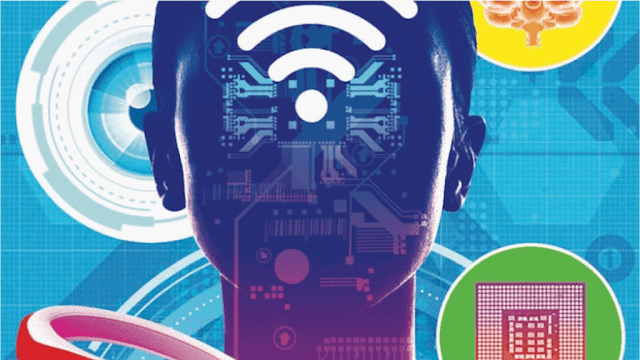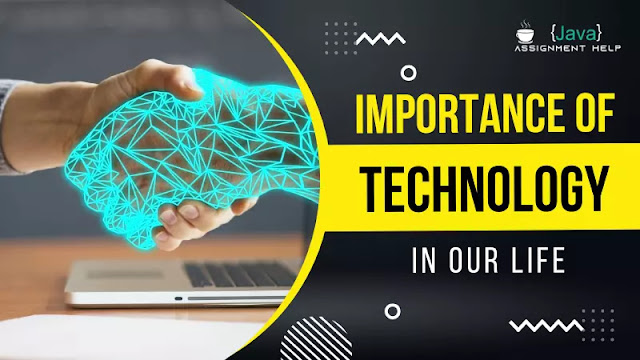The Link Building Chronicles: Navigating Effective Backlink Monitoring Strategies
Introduction
In the ever-evolving digital landscape, search engine optimization (SEO) remains critical for online success. One of the cornerstones of effective SEO is backlink building, a strategy that requires meticulous planning and monitoring to yield optimal results. With Google's algorithms constantly shifting, staying on top of your backlink profile is more essential than ever. This article, delves into the nuances of backlink monitoring to help you refine your SEO strategies for better rankings.
Understanding the Basics of Backlink Monitoring
Effective backlink monitoring begins with understanding what constitutes a good backlink and how it impacts your website's ranking. A backlink is essentially a vote of confidence from one website to another, indicating credibility and trustworthiness. High-quality backlinks can significantly improve your Google rankings, driving more organic traffic to your site. However, not all backlinks are beneficial; some can even harm your ranking. To mitigate this, tools like a backlink monitor can help identify harmful links that may negatively affect your site's credibility.
Backlink monitoring involves assessing the quality, relevance, and authority of sites linking to your domain. This requires consistent use of tools like a rank checker or a keyword rank tracker to evaluate the impact of these backlinks on your search engine rankings. A robust backlink monitoring strategy helps identify link-building opportunities, rectify broken links, and disavow harmful backlinks. Understanding the basics of backlink monitoring lays the foundation for a more strategic and efficient link-building campaign.
The Role of Rank Checkers in Backlink Monitoring
Rank checkers play a crucial role in backlink monitoring by providing insights into how your backlinks impact your site's ranking. These tools offer data on keyword positions, which reflect the effectiveness of your backlink profile. By monitoring keyword ranks, you can see how well your link-building strategy aligns with your target keywords. A comprehensive Google rank checker provides real-time insights into shifts in rankings due to changes in your backlink profile.
Using a keyword rank tracker alongside your backlink monitor enables you to correlate backlink quality with ranking fluctuations. For instance, a sudden drop in rankings might indicate the loss of valuable backlinks or the presence of harmful ones. Such tools empower you to quickly address these issues, minimizing the impact on your SEO performance. Ultimately, incorporating rank checkers into your backlink monitoring strategy ensures you maintain a competitive edge in search engine rankings.
Strategies for Building a Robust Backlink Profile
Building a strong backlink profile requires a strategic approach, focusing on acquiring high-quality links from reputable sources. One effective strategy is guest blogging, where you write articles for other websites in your niche, earning backlinks in return. Another tactic is creating shareable content like infographics or research reports that naturally attract backlinks. These strategies, however, need to be coupled with a backlink monitor to track the performance and quality of acquired links.
A robust backlink profile also involves actively reaching out to influencers or authoritative sites in your industry. Developing relationships with these entities can result in valuable backlinks that significantly enhance your SEO. Moreover, using a rank checker or keyword rank tracker helps to assess the impact of these links on your rankings. Regular monitoring and refining of your link-building strategy based on these insights ensures your backlink profile remains strong and effective.
Monitoring and Mitigating Negative Backlinks
Negative backlinks, often stemming from malicious intent or low-quality sites, can severely harm your website's SEO. A critical part of backlink monitoring is identifying and mitigating these harmful links before they impact your ranking. Tools like Google Search Console and other backlink monitors provide insights into potentially harmful backlinks. Once identified, these links can be disavowed, signaling to search engines not to consider them for ranking purposes.
Monitoring for negative backlinks involves using a Google rank checker to detect unusual drops in ranking that may indicate harmful links. Additionally, a keyword rank tracker helps identify specific keywords affected by these negative backlinks. The timely detection of such links is essential to protect your site's credibility and ranking. By proactively monitoring and addressing negative backlinks, you can safeguard your site's SEO integrity and maintain a healthy backlink profile.
The Importance of Anchor Text in Backlink Monitoring
Anchor text, the clickable part of a hyperlink, plays a pivotal role in backlink monitoring. It provides context to search engines about the content of the linked page. Analyzing anchor text helps assess the relevancy and quality of backlinks pointing to your site. A diverse anchor text profile signals a natural backlink profile, while excessive use of the same anchor text might trigger search engine penalties.
A backlink monitor helps in evaluating the anchor text distribution, identifying patterns that might require adjustment. This assessment, combined with a rank checker, provides insights into how different anchor texts influence your site's ranking. Keyword rank trackers can further refine this analysis by pinpointing anchor texts that drive the most traffic for specific keywords. Understanding and optimizing your anchor text strategy enhances your backlink monitoring, contributing to a more effective SEO strategy.
Advanced Backlink Monitoring Techniques and Tools
Advanced backlink monitoring requires using a combination of tools and techniques to get a comprehensive view of your backlink profile. Tools like Ahrefs, SEMrush, and Moz provide detailed insights into your backlink data, from link quality to referring domains. These tools also offer competitive analysis, allowing you to benchmark your backlink profile against industry competitors. A comprehensive backlink monitor setup involves leveraging these tools' various features to stay ahead of changes in the SEO landscape.
Advanced monitoring also includes setting up alerts for sudden changes in your backlink profile, such as a spike in new links or the loss of high-quality links. Incorporating a keyword rank tracker or Google rank checker into your monitoring strategy further enhances your understanding of how these changes impact your rankings. Regular analysis of your backlink data allows for continuous refinement of your link-building strategy, ensuring you stay ahead of the competition in search engine rankings.
Conclusion
Navigating the complexities of backlink monitoring requires a multifaceted approach, from understanding the basics to deploying advanced tools. Each aspect, from rank checkers to anchor text analysis, plays a vital role in refining your link-building strategy. By proactively monitoring and optimizing your backlink profile, you safeguard your site's SEO integrity and enhance its performance. In the dynamic world of SEO, staying on top of your backlinks ensures your website remains visible and competitive, driving sustained organic growth.





